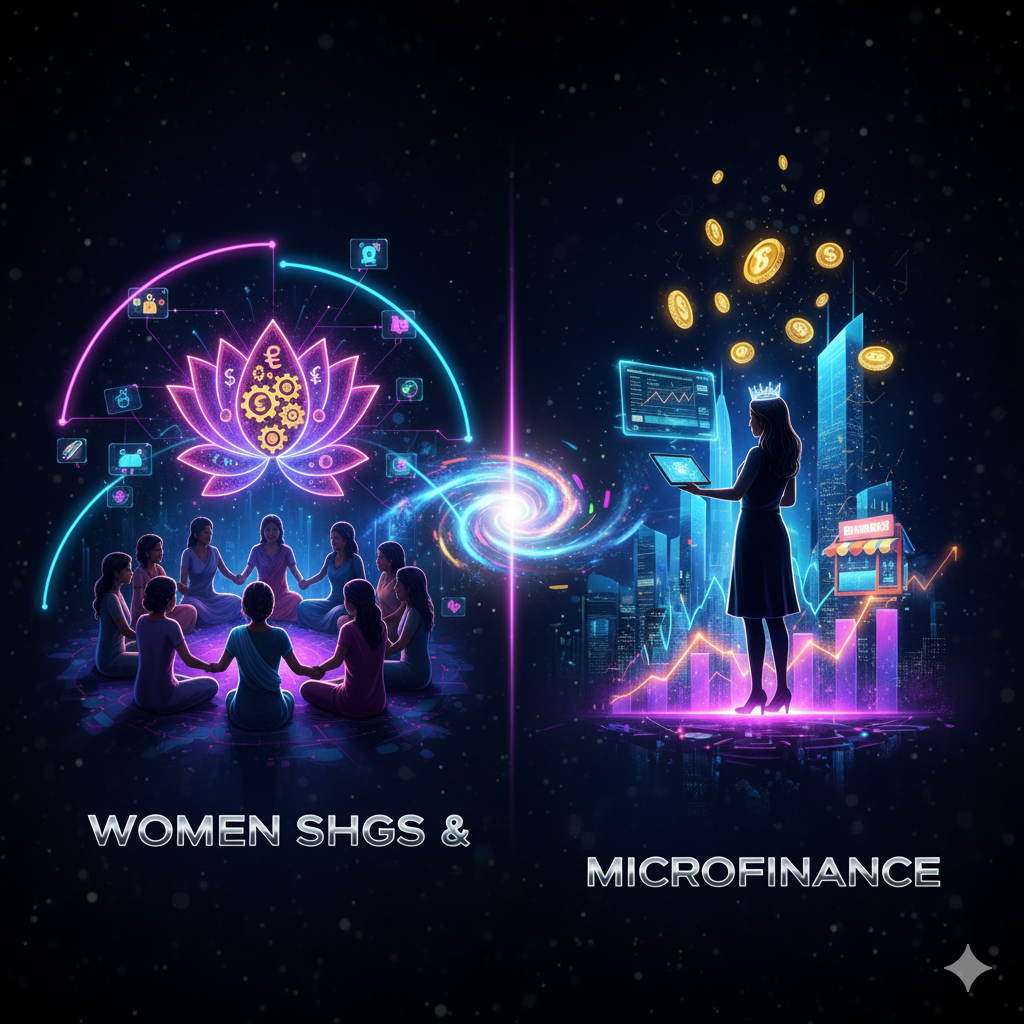Introduction
India, with its rich cultural heritage, diverse traditions, and complex social structure, has undergone a process of continuous evolution for thousands of years. Despite these changes, several aspects of Indian society have remained relatively consistent, reflecting a deep-rooted continuity. However, a variety of internal and external factors have contributed to its transformation, making the balance between continuity and change a key characteristic of Indian society. This dynamic interplay between the two aspects shapes the country’s social, cultural, political, and economic frameworks.
Understanding Continuity and Change
- Continuity refers to aspects of Indian society that have remained stable over time—be it cultural traditions, religious practices, social hierarchies, or language.
- Change, on the other hand, signifies transformations in these elements, often brought about by modernization, globalization, economic shifts, and political interventions.
Both forces have shaped the evolution of Indian society, creating a unique blend of ancient traditions and contemporary influences.
1. Cultural Continuity and Change
Cultural Practices and Traditions
Indian culture, deeply intertwined with religion and history, has maintained many of its practices for centuries. The ritualistic practices of Hinduism, Buddhism, Jainism, Islam, and Sikhism continue to be integral parts of everyday life. Festivals like Diwali, Eid, Christmas, and Guru Nanak Jayanti bring communities together, preserving cultural continuity.
However, cultural change is also prominent in India. Westernization, fueled by globalization and media influence, has reshaped fashion, food habits, and lifestyle choices. In urban areas, there’s a shift towards a more individualistic approach to culture, while rural India continues to hold onto its traditional practices.
Impact of Globalization
Globalization has exposed Indian society to new forms of cultural expression. The spread of Hollywood movies, global cuisine, and pop culture has altered youth behavior and values. Yet, this influence coexists with a renewed interest in ancient traditions, such as yoga and Ayurveda, which are now embraced globally.
In this context, India represents a hybrid culture—its traditions persist, but they are now often adapted to meet the demands of a modern world.
2. Religious Continuity and Change
Religious Practices
India is home to a wide range of religious beliefs and practices. Hinduism, Islam, Christianity, Sikhism, Buddhism, and Jainism continue to guide the spiritual lives of millions. The caste system, an integral part of Hinduism, has been a source of both continuity and change. Despite legal efforts to eliminate caste-based discrimination, it still holds sway in many parts of rural India, influencing social and political structures.
However, in recent decades, a strong emphasis on secularism and the growing prominence of interfaith dialogues has led to gradual religious reformation. The rise of new-age spiritual movements, such as Art of Living and Brahma Kumaris, is reshaping the landscape of spirituality in India.
Religious Conflicts and Secularism
Religious conflicts in India, though historically not uncommon, have become more pronounced in the modern era. Despite this, the Constitution of India emphasizes secularism and the protection of religious freedoms. The interplay between the secular ideals enshrined in the Constitution and the religious practices that people continue to follow has created a unique social dynamic.
Secularism, as promoted by the Indian state, plays a crucial role in shaping the societal framework that balances religious traditions with the imperatives of modern governance and democracy.
3. Social Structure and Hierarchies
Caste System
The caste system has been one of the most persistent forms of social organization in India. Although the Constitution abolished untouchability, the caste system’s influence remains strong, especially in rural areas where caste identities determine social interactions, marriage, and employment opportunities.
While modernity and affirmative action policies have fostered upward mobility for lower castes and Dalits, caste-based politics and discrimination persist. The continuing relevance of caste in contemporary Indian society underscores the tension between continuity and change.
Women’s Role in Society
The role of women in Indian society has undergone considerable transformation over time. Historically, women were relegated to domestic spheres, with limited rights and freedoms. However, with the advent of education, political empowerment, and social reforms, women’s participation in the workforce, politics, and social activism has seen significant growth.
Despite these advancements, gender inequality remains a challenge. Traditional notions of family and marriage continue to influence women’s lives in many parts of India, particularly in rural settings, thus presenting both continuity and change in gender dynamics.
4. Political and Economic Change
Post-Independence Political Landscape
The political landscape of India has witnessed significant change since independence in 1947. The adoption of democratic principles through universal suffrage, the rise of political parties based on ideology and caste, and the shift towards a market-oriented economy have been hallmarks of change.
Yet, certain aspects of India’s political structure have remained the same. The power of central government, the importance of political dynasties, and the role of regional parties are features that have endured.
Economic Transformation
India’s economy has seen dramatic changes over the decades. From a primarily agrarian economy at the time of independence, it has transitioned into a mixed economy, followed by liberalization in the 1990s. Today, India is one of the world’s largest economies, driven by technology, manufacturing, and services.
However, economic disparity remains, and the rural-urban divide is still prominent. Rural India continues to rely heavily on agriculture, while urban centers have become hubs for industries and services. This divide signifies both continuity (in rural dependence on agriculture) and change (in urbanization and economic diversification).
5. Technological and Educational Advancements
Education System
The Indian education system has undergone significant reform over the years. From colonial-era education models to the introduction of modern curricula, the educational landscape has shifted considerably. The rise of private institutions, online education, and the emphasis on STEM (Science, Technology, Engineering, and Mathematics) education reflects the changing priorities of Indian society.
Yet, challenges such as illiteracy in rural areas, outdated teaching methods, and the persistence of social hierarchies within education continue to affect the system, revealing a blend of continuity and change.
Technological Influence
Technology, particularly the rise of information technology and digital communication, has had a profound impact on Indian society. India is now a global leader in the IT sector, with cities like Bengaluru and Hyderabad emerging as major tech hubs. The widespread adoption of smartphones and internet access has transformed social interactions, commerce, and access to information.
Nevertheless, rural India faces technological challenges, such as poor connectivity and limited access to digital resources, showcasing the divide between technological advancement in urban areas and the ongoing need for infrastructure improvement in rural areas.
6. Social Movements and Civil Rights
Dalit and Adivasi Movements
Movements for social justice, particularly by Dalits (formerly untouchables) and Adivasis (tribal communities), have been central to India’s struggle for equality. The struggle for equal rights and dignity continues to evolve, with contemporary movements emphasizing education, employment, and social security for marginalized groups.
These movements signify both continuity (as the demand for social justice has been ongoing for decades) and change (as new strategies and alliances emerge to challenge age-old social hierarchies).
LGBTQ+ Rights
The LGBTQ+ community in India has historically faced discrimination and invisibility. However, with the decriminalization of Section 377 in 2018 and growing awareness, there has been significant progress in recognizing the rights of sexual minorities. This marks a significant change, yet societal attitudes are slower to change, and many LGBTQ+ individuals still face stigmatization.
Conclusion
The factors of continuity and change in Indian society are intertwined and dynamic, reflecting the nation’s complexity. While India has embraced modernization and reform in many aspects of its social, political, and economic structures, traditional practices and deep-rooted cultural norms continue to shape daily life. Understanding this interplay is key to understanding the unique evolution of Indian society—a society that continues to transform while holding onto certain timeless elements.
India’s path forward will likely continue to be shaped by the ongoing tension between continuity and change, with forces such as globalization, technology, and social reform influencing the nation’s future.




